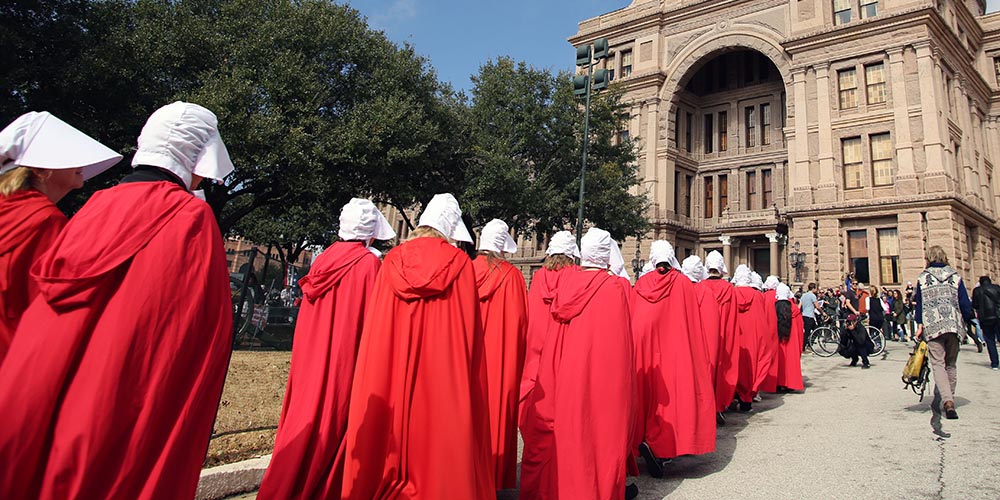The information on this website should not be considered medical advice.
This website contains affiliate links, and we may be compensated for referrals.
Since the landmark decision by the Supreme Court to overturn Roe v Wade, the landscape of abortion care in the US has changed dramatically. The case, known as Dobbs v Jackson Women’s Health Organization, upheld a Mississippi law that banned all abortions after 15 weeks gestation. In the course of doing so, they overturned decades of precedent that had held restricting abortion to be a violation of a woman’s right to privacy.
What was the abortion landscape like before the Dobbs decision?
Before Dobbs, abortion was not simply freely legal throughout the country. Many states had some restrictions on abortion, and some states had more restrictions than others. In fact, there were several previous Supreme Court cases related to these restrictions. In Planned Parenthood of Southeastern Pennsylvania v Casey, a group of abortion doctors challenged a Pennsylvania law that required 24-hour waiting periods, the consent of a parent in the case of a minor, and the consent of the husband in the case of a married woman. The court upheld the restrictions, except for marital consent.
There was already a lack of providers trained to offer abortions.
Even before Roe v Wade was overturned, there was already concern that there were not enough providers who were well-trained in offering abortions. In many med school and residency programs, there is little to no focus on training in abortion techniques. A study by Standford University found that fully half of US med schools cover abortion in only a single lecture or fail to cover it at all.
In 2020, the American College of Obstetricians and Gynecologists indicated a significant level of concern over the lack of clinicians who were trained in offering abortions. ACOG issued recommendations for helping to protect women’s access to abortion care, including training more providers (both MDs and other practicing clinicians) in offering first-trimester medication and aspiration abortions and expanding funding for abortion training programs.

What’s the current status of abortion in various states?
In some of these states, legislatures have attempted to pass more restrictive abortion laws or have indicated that they will do so. Courts have blocked more restrictive bans in some cases, including Kentucky, Louisiana, Utah, and Wyoming, and legal fights over these laws continue.
Abortion restrictions have exceptions for the life of the mother in every state.
Have there been cases of maternal death due to a delay in ending a pregnancy?
In 2012, Dr. Savita Halappanavar, a dentist living in Ireland, developed a severe uterine infection while in her second trimester of pregnancy, due a premature rupture of membranes. The only effective treatment would have been to end the pregnancy and treat her infection. However, because the fetus continued to have a heartbeat, Irish doctors refused to perform the procedure, stating that it would be against the country’s restrictive abortion laws. Her medical team feared that they would be prosecuted if they ended her pregnancy. Dr. Halappanavar died of septic shock.
Some experts fear that a similar situation could take place in some US states. Even if the state law indicates that ending the pregnancy is permitted if it’s done to save the life of the mother, the threat of facing felony charges for performing an abortion could cause clinicians to pause before performing treatment. In some cases, pausing before performing treatment for a medical emergency could cause a patient to die or suffer irreversible damage to their health.
The federal government states that it will help to protect access to abortion.
In an open letter to healthcare providers, the current Secretary of Health and Human Services (HHS), Xavier Becerra, told providers that they must perform abortions in cases where the life of the mother is threatened. He stated that federal law preempts state law in these cases. If physicians fail to perform abortions in situations where they’re medically indicated, he stated that HHS might terminate those providers’ Medicare provider agreements or impose other financial penalties.
At a press conference, he further indicated that HHS plans to use its authority under the Emergency Medical Treatment & Labor Act (EMTALA) to help protect women’s access to abortions in cases where they’re medically necessary. This law protects patients’ access to emergency medical care, regardless of their ability to pay.
What does the overturning of Roe v Wade mean for medical professionals?
It remains to be seen how these laws, which are vaguely written in many cases, will be enforced. It seems unlikely that clinicians will be prosecuted for ending ectopic pregnancies, but the threat of such prosecution could still create a dangerous situation for some patients, where clinicians feel that they must wait to act until the mother’s medical situation deteriorates significantly.

In cases where the pregnancy is viable but there’s a serious threat to the mother’s life, the threat of prosecution may be even more concerning to providers, which could affect their decisions in a medical emergency. We can’t yet know how these laws will be enforced, but it’s important for all medical professionals to remember that their first duty is to protect their patients, and this certainly doesn’t change if that patient is pregnant.


Facebook Comments